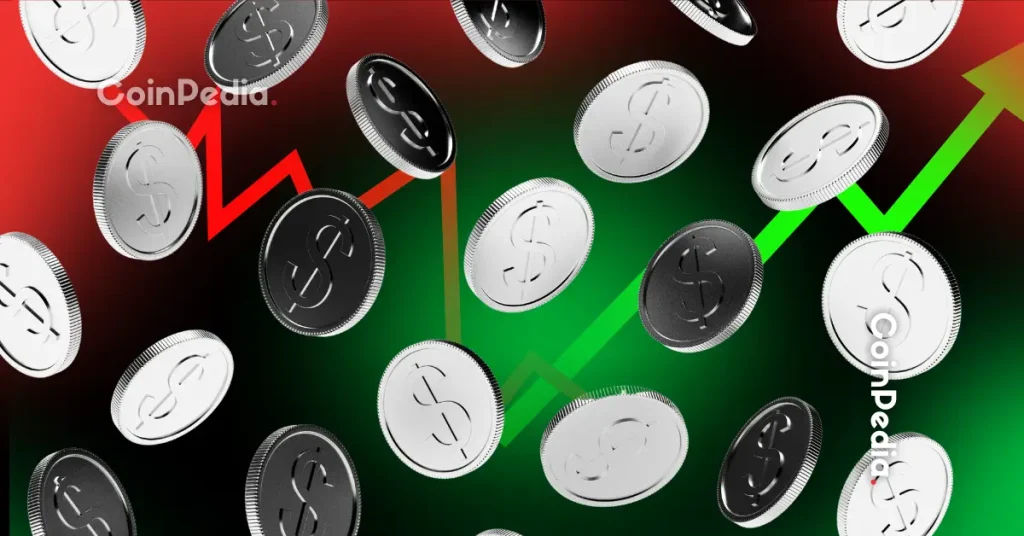Japan’s economy weakened sharply in August as industrial production and consumer spending both fell, creating new risks for policymakers.
Government figures released Tuesday by the Ministry of Economy, Trade and Industry showed factory output down 1.2% from July, worse than the 0.8% fall economists expected. Retail sales slipped 1.1% from a year earlier, the first annual drop in 42 months.
This news came even after Tokyo secured a tariff deal with Washington that cut duties on Japanese goods. Analysts warned the new trade terms could still weigh on production and the global economy, making the Bank of Japan more cautious on raising interest rates.
Manufacturers gave mixed signals about the months ahead. The ministry reported that companies forecast a 4.1% rebound in September and a 1.2% rise in October. Officials kept their assessment that industrial output is “seesawing.” METI spokesperson said, “The cautious stance towards production planning remains deeply entrenched.”
Electrical machinery and information and communication equipment, including laptop computers, fell 5.7% from July after a surge in demand the previous month. Fabricated metal products dropped 7.8%, showing widespread softness across factories.
Factory weakness and vehicle rebound reshape Japan’s outlook
While most sectors lost ground, motor vehicle production posted a 2.5% increase from July as overseas demand improved and a shortage of parts eased.
Cars are a key export industry for Japan, and the rebound offered some support to overall output, though it was not enough to offset declines in other sectors. The new trade deal announced in late July lowered tariffs to a baseline 15% on nearly all Japanese imports to the U.S., down from a 27.5% rate on autos and a threatened 25% on most other goods.
This was meant to protect exporters but has not yet reversed weaker factory activity. The mixed industrial data arrived at a delicate time for monetary policy. The Bank of Japan announced on the same day that it will reduce purchases of super‑long bonds starting in October.
The central bank will buy ¥345 billion (about $2.3 billion) of notes due in 10 to 25 years each month next quarter, down from ¥405 billion during July to September. Purchases of bonds maturing in more than 25 years will stay at ¥150 billion.
Losses on Japanese bonds maturing beyond 10 years have deepened this year, falling 9%, more than double the decline across all maturities. Super‑long debt has been hit hard by sticky inflation, fading demand from life insurers, and political turmoil that could lead to extra fiscal spending. Despite the policy shift, the market reaction was muted, with 10‑year government bond futures trading almost steady Tuesday evening.
The BOJ said its monthly buying across all maturities will fall to ¥3.3 trillion for October through December from ¥3.705 trillion in the current quarter. The bank plans to keep cutting by ¥400 billion each quarter until reaching ¥2.9 trillion in March 2026.
Governor Kazuo Ueda said earlier this month that the central bank will continue to raise interest rates “if the economy and prices move in line with its forecast,” but added he wanted more data to see how U.S. tariffs might affect Japan’s trade‑reliant economy.
Separate data showed that retail sales fell as consumers cut back on autos, underlining the fragility of household spending. The median forecast had been for a 1.0% rise in August, but the number went negative instead. That left the consumer side of the economy weaker, just as factories are also slowing.
The smartest crypto minds already read our newsletter. Want in? Join them.
















 English (US)
English (US)